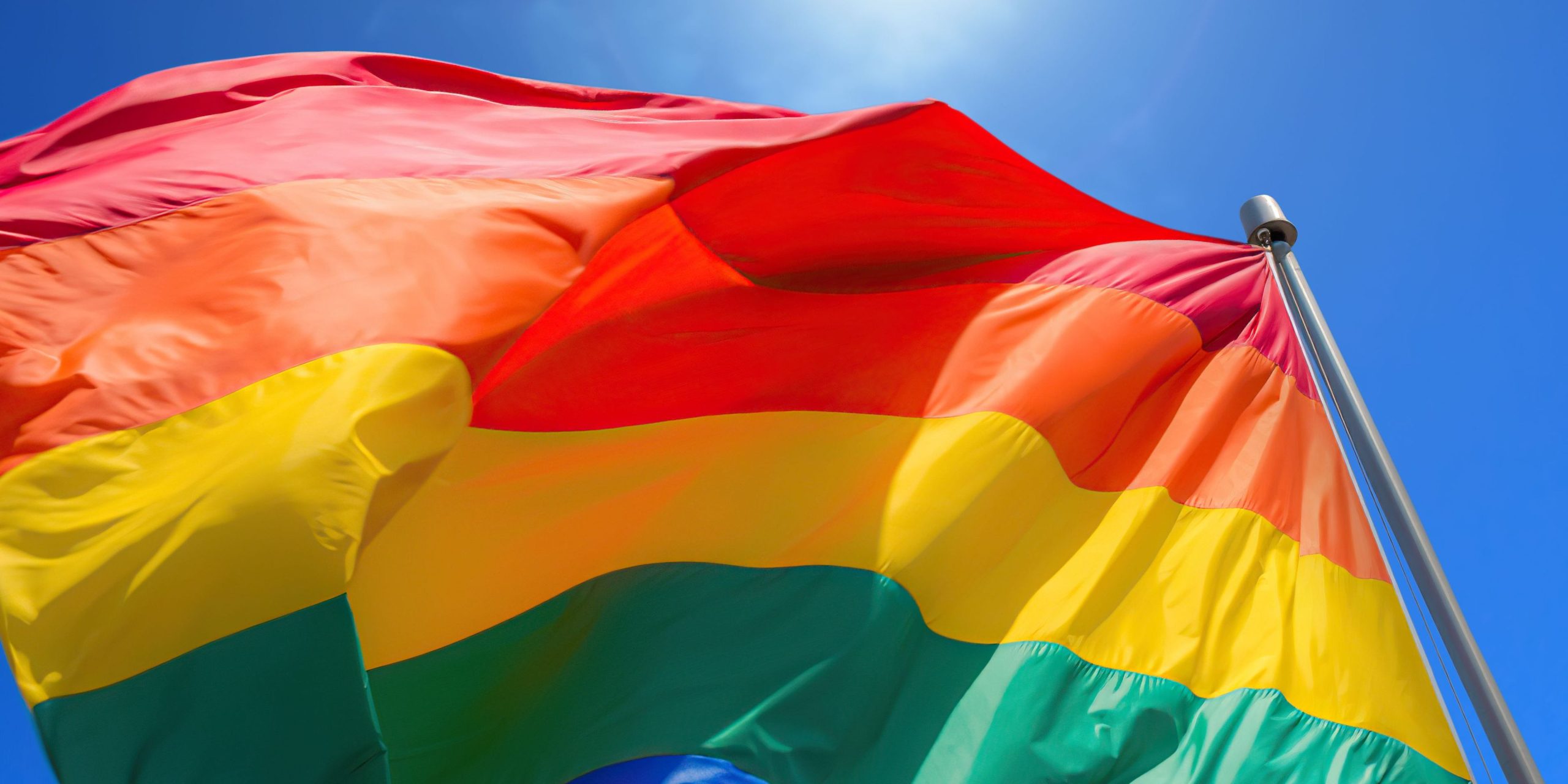People in their teens and 20s are missing out on effective prevention and many are using none at all.
“Condoms just aren’t it,” young people are likely to say when asked about their preferred method of HIV prevention.
But pre-exposure prophylaxis also isn’t “it” for enough people under 25 at risk of acquiring HIV, according to research presented at the ASHM HIV & AIDS Conference in Sydney this week.
Sarah Warzywoda, a PhD student at the University of Queensland, has surveyed young Queenslanders in depth about the barriers and facilitators to uptake of PrEP, which has been on the PBS since 2018 (it was subsidised only for people over 18 until 2021).
Miss Warzywoda said notification rates for under-19s were low, but for 20-29-year-olds they had been on the rise.
People aged 18-24 represent only 15% of users of PBS-subsidised PrEP, she said.
Under the theme “What the f*ck is PrEP?”, Miss Warzywoda said participants reported “a lack of awareness of what PrEP does and where to get it”, despite a desire for this information. There was a lack of sexual health literacy, and faulty perceptions of who was at risk.
Alarmingly, some participants said their schools had told them HIV was something that happened in the 80s, “so they didn’t think it was relevant any more”.
There was self-consciousness about promiscuity and a notion that only people with numerous sexual partners would be on PrEP. While some parents were supportive, others were not, and this was a substantial barrier.
Healthcare providers sometimes gave different information around side effects and long-term risks that made decision-making difficult.
Worse, some healthcare encounters were “really uncomfortable and awkward”.
Some interviewees reported that “the mood changed as soon as PrEP was brought up, and it really created this barrier for young people [who felt] like they had to find different providers”.
Related
They reported varying experiences with the overall healthcare system, too, with some finding help easily accessible and others not at all.
Medicare was a source of apprehension for those who had it, with fears around privacy, while cost and insurance were confusing for those who did not.
Other barriers were long waits for clinic appointments and multiple costs, including travel and parking, and large fee outlays with waits for reimbursement.
Finally, they said public health promotion of PrEP did not include them or make them feel it was something they needed.
Data presented to the same audience confirms the impression given by this qualitative research that not enough young people are using PrEP and shows many are still using no prevention at all.
The landscape of HIV prevention has changed dramatically over the past 10 years, according Dr Tim Broady from UNSW’s Centre for Social Research in Health, which regularly surveys gay, bisexual, queer and non-binary men who have sex with men.
While consistent condom use was the dominant method among casual sexual partners in 2013, that has dropped from over 42% to just under 14%, while reliance on PrEP has gone from about 1% to about 46%.
The proportion of HIV-negative or untested men having unprotected sex with men without using PrEP has fallen by a third, from over 30% to under 20%.
But the age-stratified picture shows far more people under 25 are in that latter category (35%, down from just over 40% a decade ago) than those in older age groups.
The proportion relying on undetectable viral load while HIV-positive has been fairly consistent at 5-6%.
PrEP is in shortage in Australia at the moment, but supply is expected to return later this year.
The HIV & AIDS Conference is running in Sydney this week back-to-back with the 25th IUSTI World Congress.





